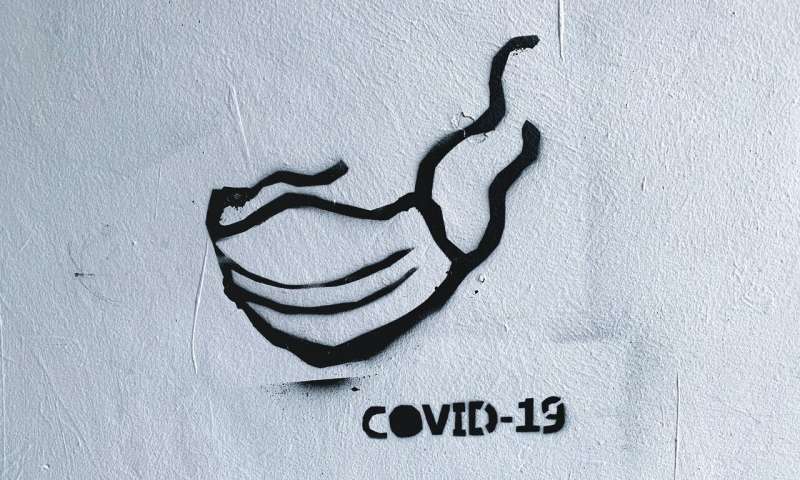How Human Cytomegalovirus Manipulates Host DNA and Cell Architecture

Discover how human cytomegalovirus (HCMV) manipulates host DNA and nuclear architecture, advancing understanding and paving the way for new antiviral strategies.
Scientists from Northwestern Medicine have uncovered the mechanisms by which the common human cytomegalovirus (HCMV) alters the DNA organization within host cells. HCMV, a widespread virus infecting nearly one in three children by age 5 and over half of adults by age 40 in the U.S., is associated with birth defects and chronic health conditions. Despite often being asymptomatic, its capacity to induce serious health issues underscores the importance of understanding its biology.
The research, published in Nature Communications, reveals that HCMV employs a unique replication cycle lasting 5 to 10 days, during which it profoundly remodels the host cell's nucleus. Using advanced genomic tools like chromatin conformation capture (Hi-C) and transcriptomics, the team discovered the virus causes extensive disorganization of chromatin interactions and the breakdown of typical nuclear compartmentalization. One of the key findings is the formation of a novel microtubule-organizing center that actively rotates the nucleus, facilitating the spatial separation of viral replication from host chromatin.
Further studies showed that the virus prefers to replicate in euchromatic regions of the genome—areas that are less densely packed and more transcriptionally active—allowing efficient viral gene expression. Mechanical forces generated by microtubules help move denser, heterochromatic regions away, optimizing the space for viral replication. These forces influence interactions at a smaller scale within the chromatin, affecting how viral DNA interacts with the host genome.
This intricate manipulation of nuclear architecture not only advances our understanding of HCMV's biology but also opens new avenues for antiviral therapies. By targeting the virus’s ability to physically and genetically rewire the host cell interior, scientists hope to develop innovative strategies to combat infections.
Dr. Walsh emphasizes that the nucleus, as the largest organelle in the cell, functions like an obstacle to cell migration, yet HCMV expertly manipulates it to its advantage. The ongoing research aims to further explore how microtubule mechanics contribute to nuclear movement in later infection stages, which could unlock new insights into viral-host interactions.
This research highlights the complex interplay between mechanical forces and genetic organization during viral infection, providing crucial knowledge for future antiviral interventions.
Source: Medical Xpress
Stay Updated with Mia's Feed
Get the latest health & wellness insights delivered straight to your inbox.
Related Articles
The Power of Patient-Provider Encounters in Enhancing Cancer Patients' Sense of Control
Effective communication and empathetic interactions between healthcare professionals and cancer patients can restore patients' sense of control, improving emotional well-being and treatment outcomes.
FDA Accelerates Drug Approvals for Projects Supporting U.S. National Priorities
The FDA introduces a new fast-track program to streamline drug approvals for treatments that support U.S. health priorities, reducing review times from over a year to just a few months.
Global Efforts to Strengthen Pandemic Prevention and Response: Key Points of the WHO Agreement
The WHO Pandemic Agreement aims to strengthen global preparedness, ensure equitable access to health products, and improve cooperation in pandemic response, learning from COVID-19 lessons.
How Educational TikTok Videos Are Reducing Anxiety About Gynecological Screenings
Educational TikTok videos highlighting the importance of gynecological screenings can reduce fear and encourage women to participate in vital health checks. A recent study shows that knowledge-focused content is more effective than fear-based messaging in promoting Pap tests.



